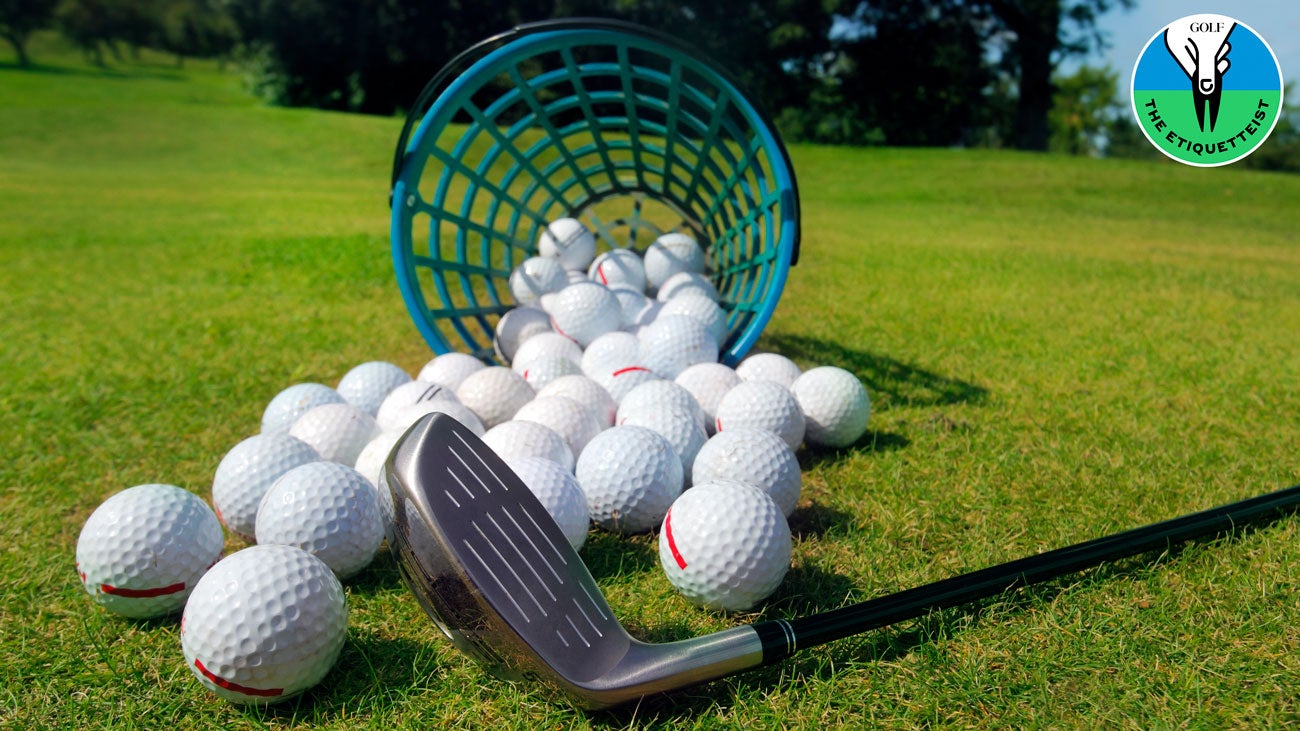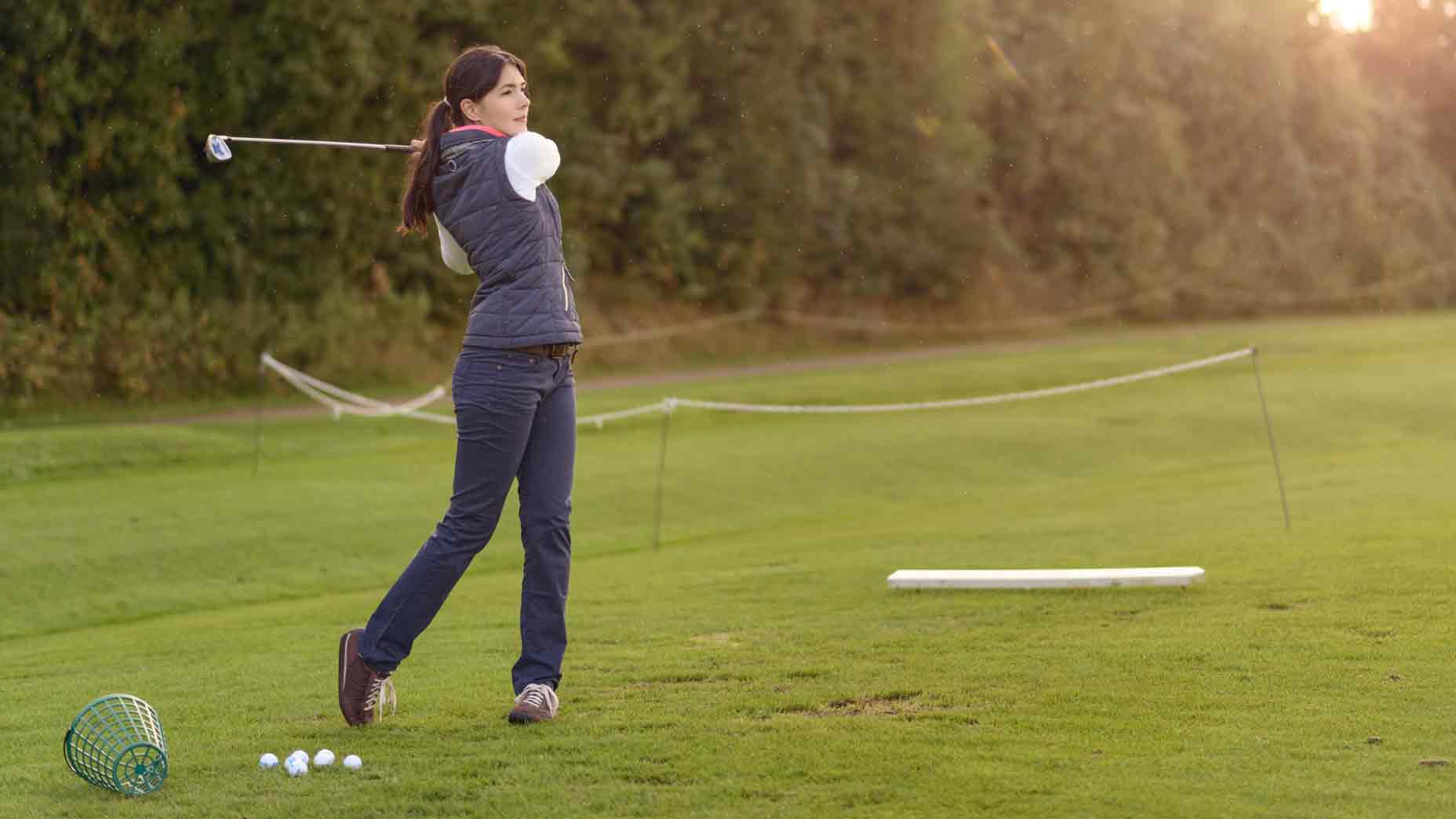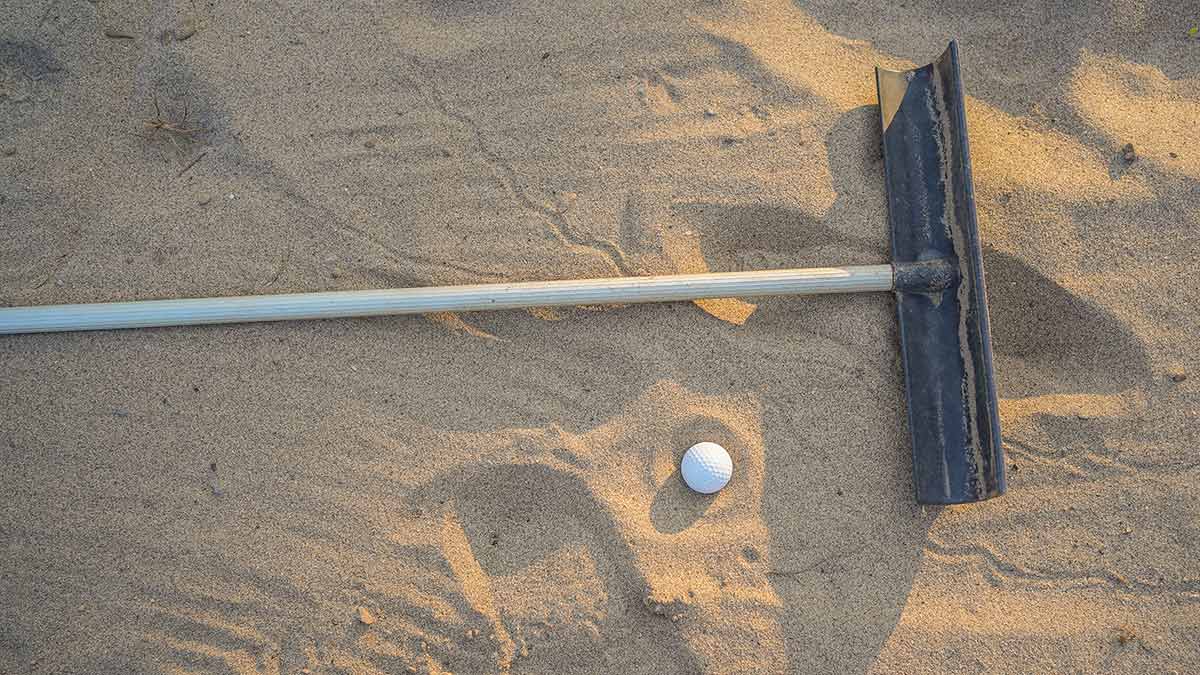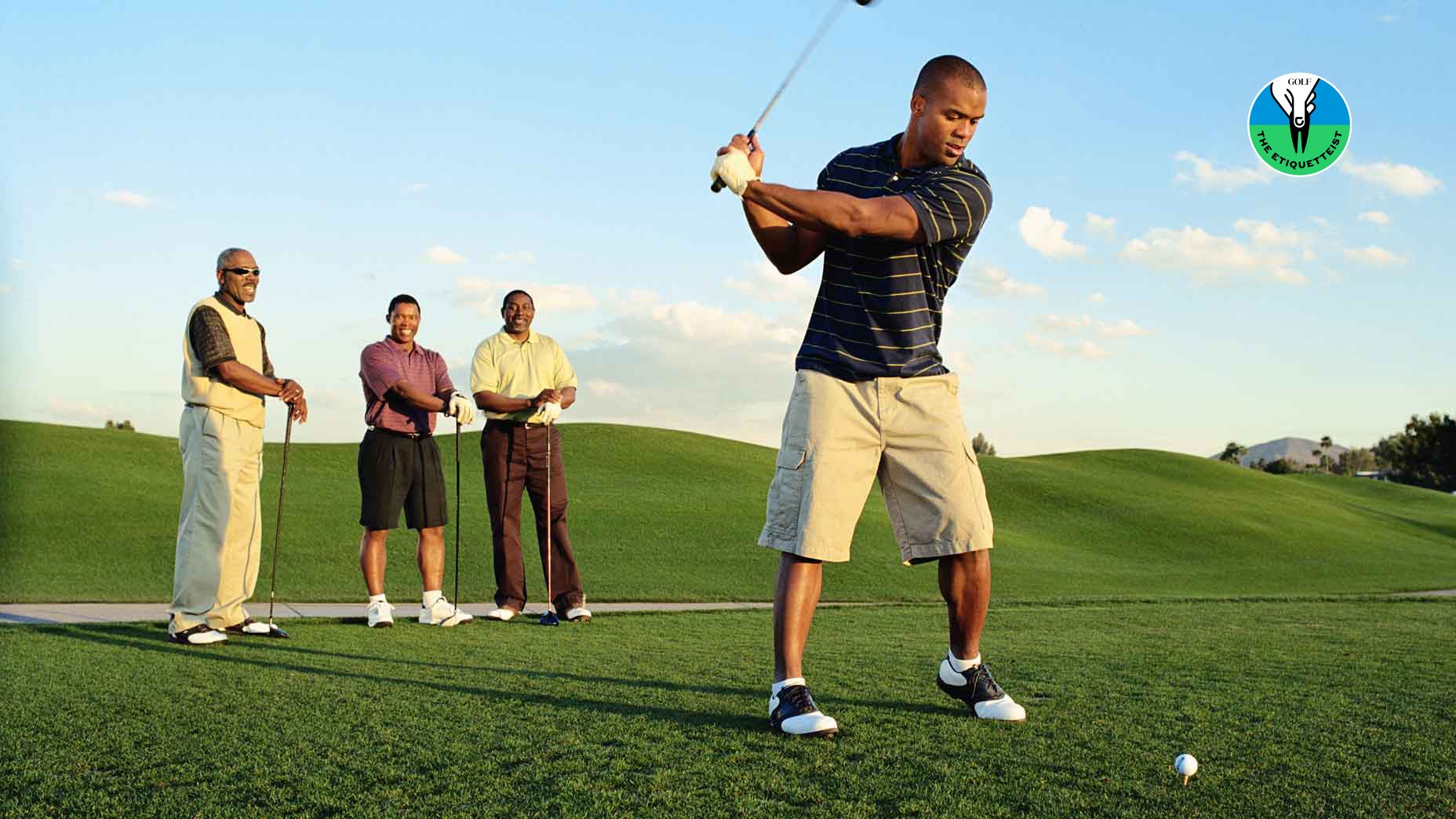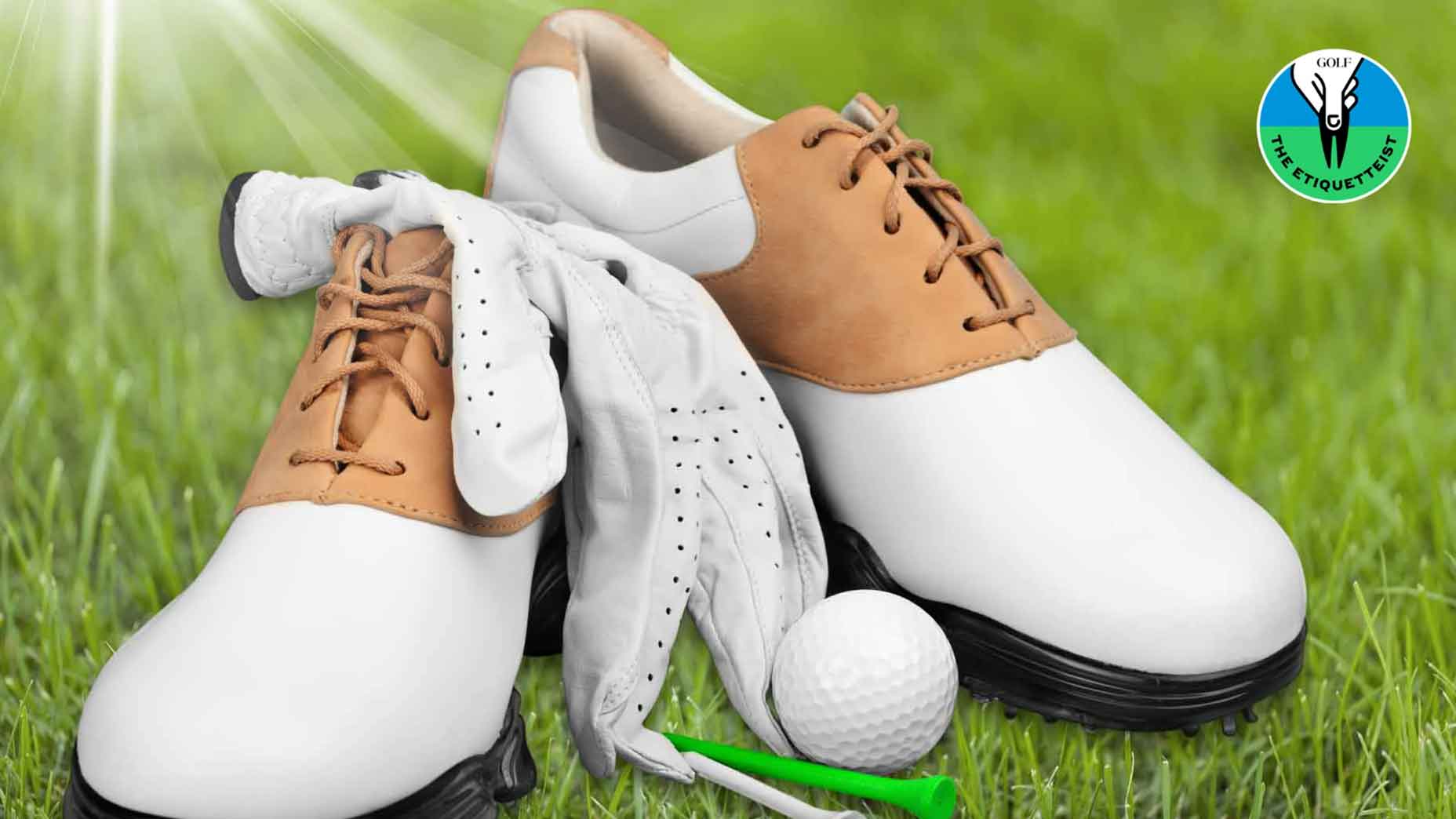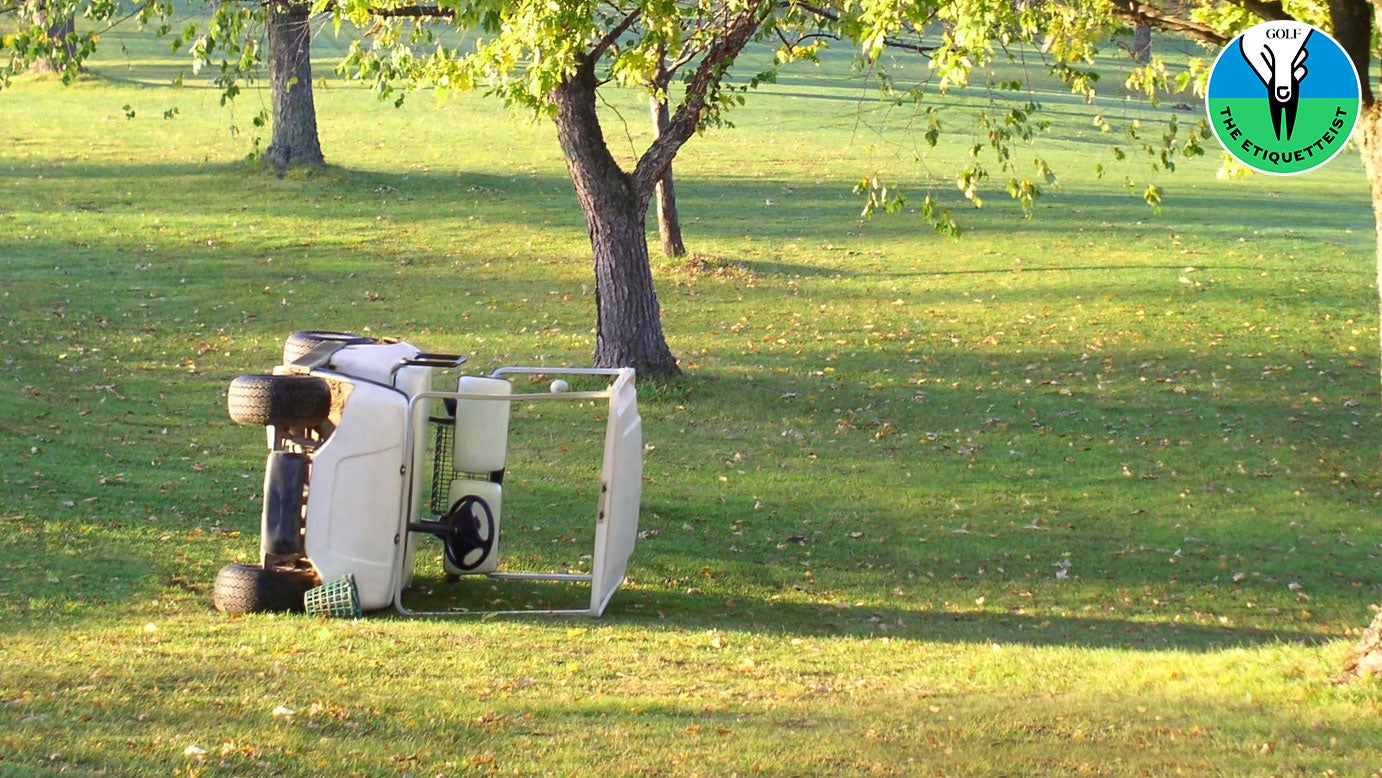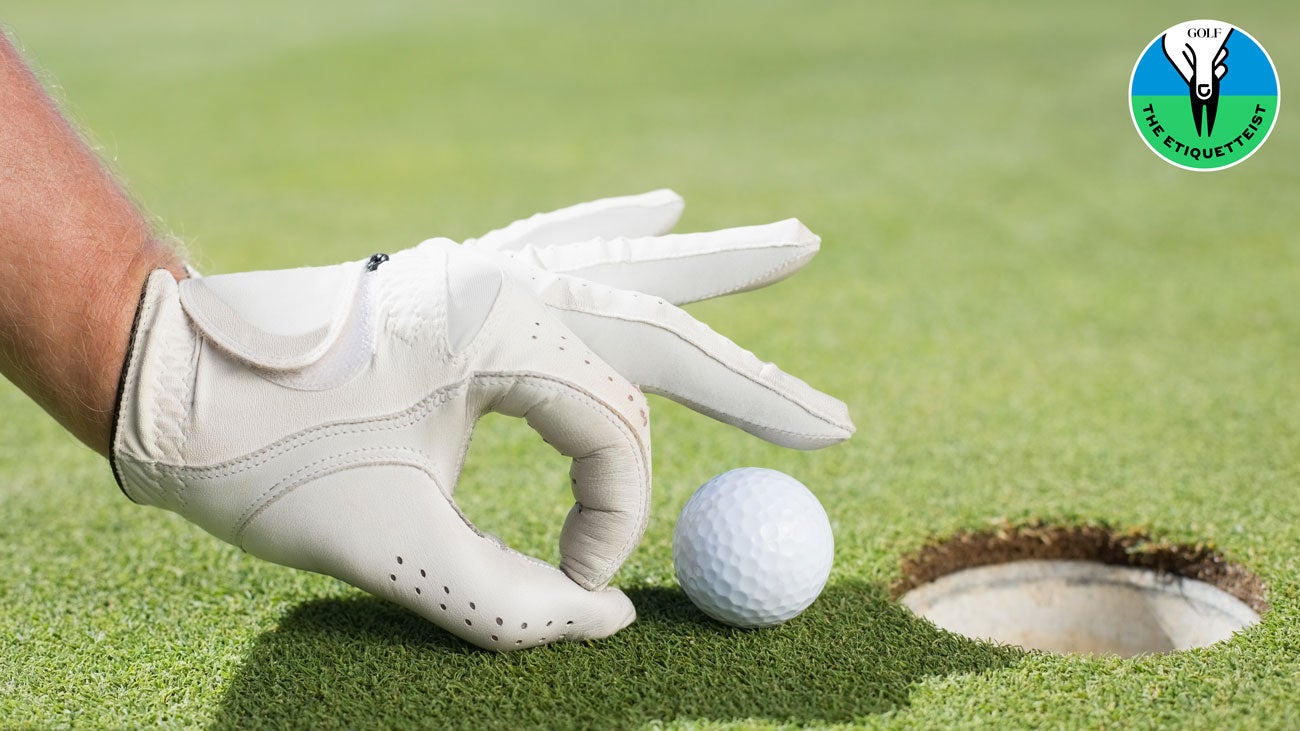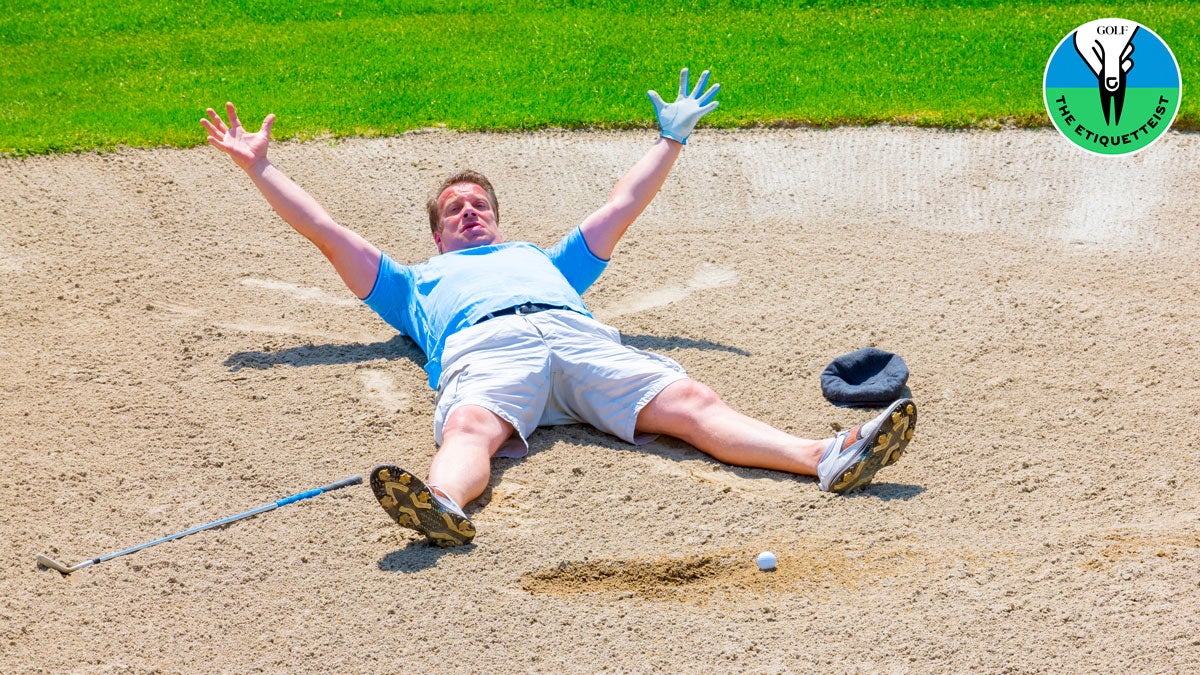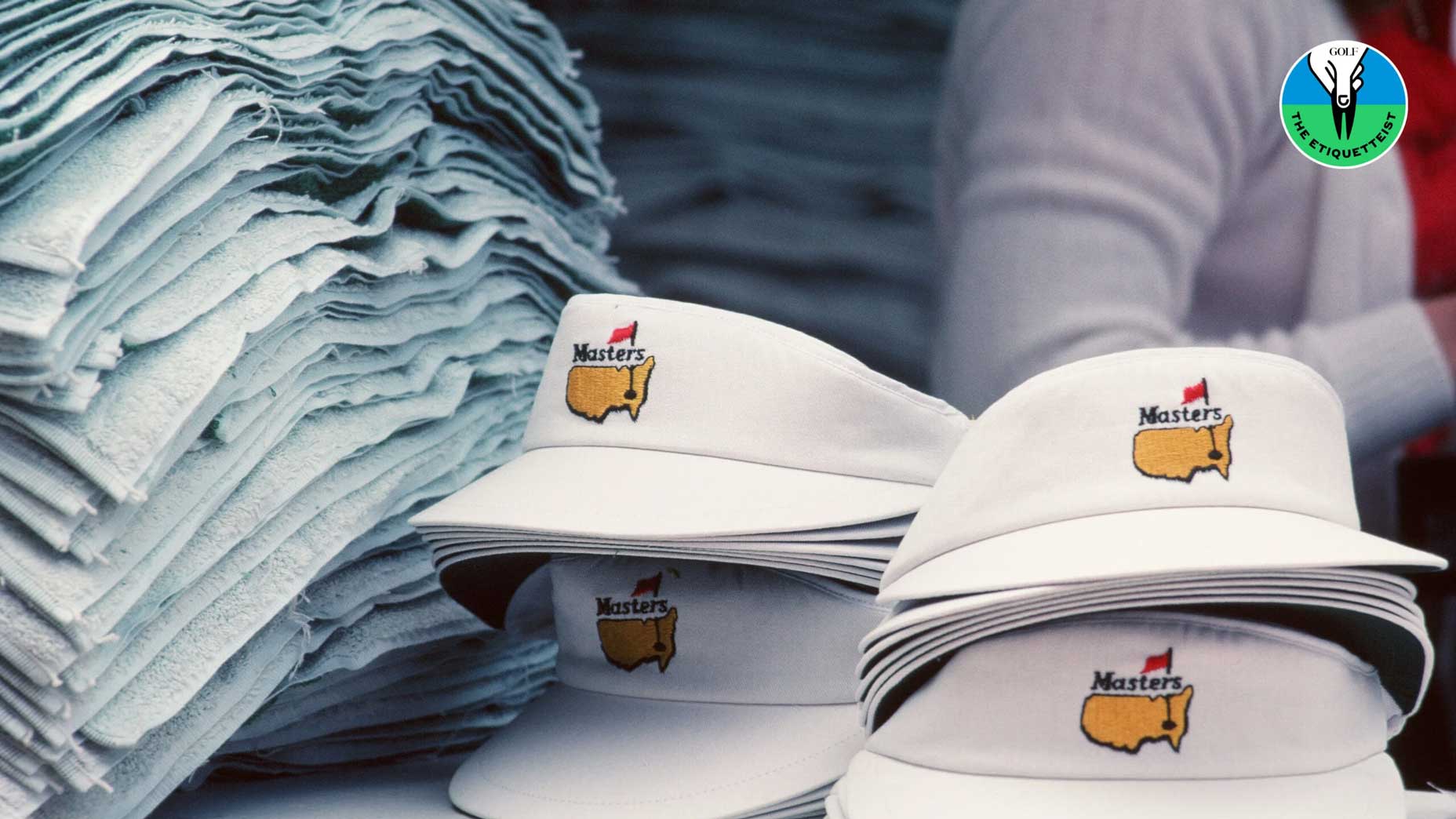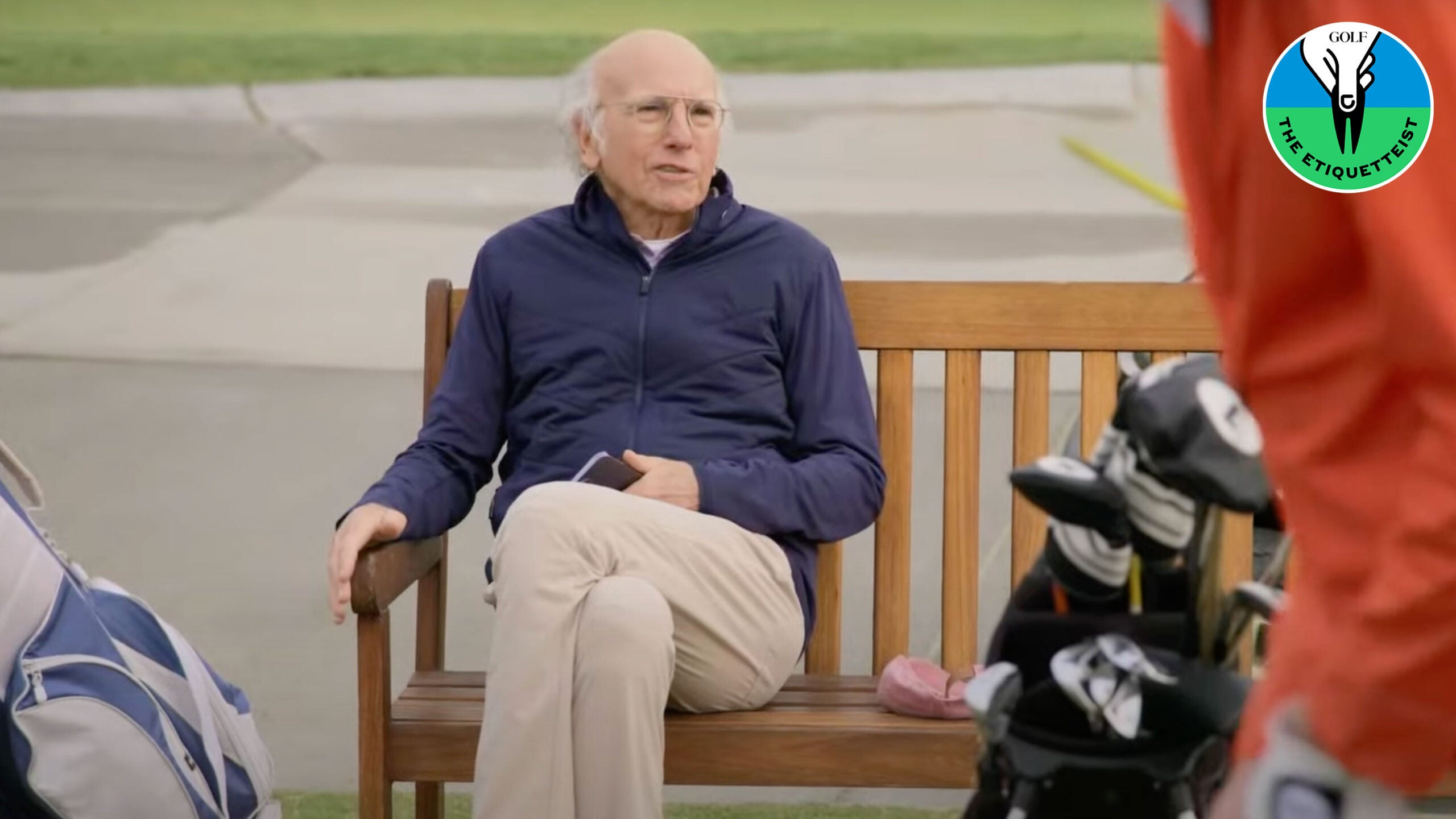One of the beauties of the driving range is that the Rules of Golf do not apply. There are no bogeys and no O.B. You can reload without penalty and tee up any shot you’d like.
Which doesn’t mean there are no rules at all.
Like the golf course and the clubhouse, the range is governed by unwritten recommendations and hard-set codes of conduct. If you want to get the most out of a practice or warm-up session without stepping (or swinging) out of line, here are 11 things to know.
1. The range-picker is not a target
As tempting as it is, especially for 12-year-olds and immature adults, rifling shots at the range picker is poor form. For the most part, this is not so much a safety issue (the vehicles they drive are usually caged-in) as it is a matter of respect.
2. Keep your music to yourself
It’s fair game to crank tunes as you tune up. But only through headphones or earbuds. What’s music to you ears is apt to be annoying to those around you.
3. Careful where you walk
No one wants to take a backswing to the noggin. And no one needs to. A lot of driving ranges have lines on the ground that you are meant to stay behind when other people are hitting. That’s for your safety. But don’t depend exclusively on markers. Plain-old survival instincts should alert you that remaining well back of moving clubs is wise idea.
4. Respect those waiting
Let’s say you’re midway through a bucket at a crowded range when you notice that someone is waiting behind you for a turn in the stall. It’s on you to alert them right away if you plan to get another bucket when your current stash it gone. Don’t make them waste their time, only to learn that they should have been waiting behind someone else.
5. Watch your angles
While firing at different targets is fair game, this is not a free-for-all. In the interest of sanity — and everyone’s safety — avoid cross-country shots. If you’re stationed at a stall on the left side range, don’t take aim at a green on the far right. Ditto for the other way around.
6. Keep it tidy
Don’t tip the bucket over unless you plan to hit every single shot. Only take the balls you need and leave the rest in the bucket for the next golfer, rather than scattering them all about.
5 ways to keep a new golfer engaged at the driving rangeBy: Sarah Stone, Top 100 Teacher
7. Pace yourself
Whether you’ll benefit from getting that second bucket is a separate question. According to GOLF Magazine Top 100 instructor Jim Murphy, most golfers overdo it on the range. “They go out there to see how they are hitting it, and they keep hitting until they hit it good and then try to ‘engrain,’ it,” Murphy says. “Then they get tired and lose it.” When you practice, it’s important to have a plan and purpose. Hone in on something you want to work on, and when you’ve practiced it sufficiently, move on. “You should work on any one task for more than 45 minutes,” Murphy says. After that, you run the risk of getting mentally and physically fatigued, and you’ll get diminishing returns.
8. Don’t mistake warmups for practice
“Practice means working on a specific swing or shot that needs improvement,” Murphy says. A warmup is different. It is really nothing more than loosening up your body and a getting a feel for swing that day. Small bucket should do it, as in 4 to 6 shots with a wedge, followed by the same with a short iron, a mid-iron and so on through the bag.
9. Mind your divot patterns
It’s a range session, not excavation work. If you’re hitting off grass, as opposed to mats, try to minimize the amount of turf you tear up. The best way to do this is to progress in a linear divot pattern, placing each shot directly behind the previous divot. The superintendent will thank you for not creating a minefield of scattered divots. Golfers who hit after you will be grateful, too.

10. Quiet on the practice tee
If you’re looking for a lesson, book a lesson. Don’t pester your fellow range rats for tips. Exchanging simple pleasantries is okay, but this is not a place for prolonged chatter. Same goes for the monologues. No one needs to hear your moaning or groaning, and no cares that you caught that last shot fat.
11. Why mats matter
Purists prefer to real grass, of course. But mats are great for beginners working on technique, says GOLF Top 100 Instructor Jon Tattersall. Not only are they more forgiving than turf, they are usually square or rectangular in shape, which is helpful for alignment. Because the ball tends to sit up more on mats, contact happens higher on the clubface, which means less spin, which generally leads to greater carry distances-something to keep in mind for club selection on the course.
